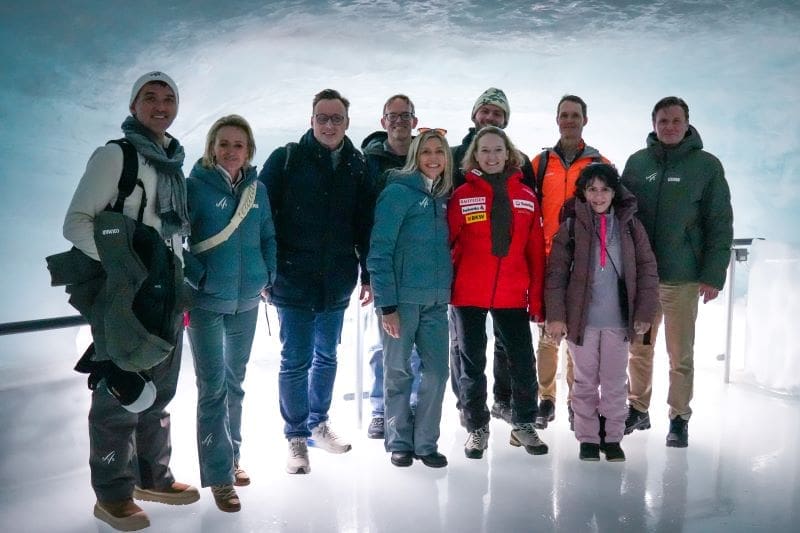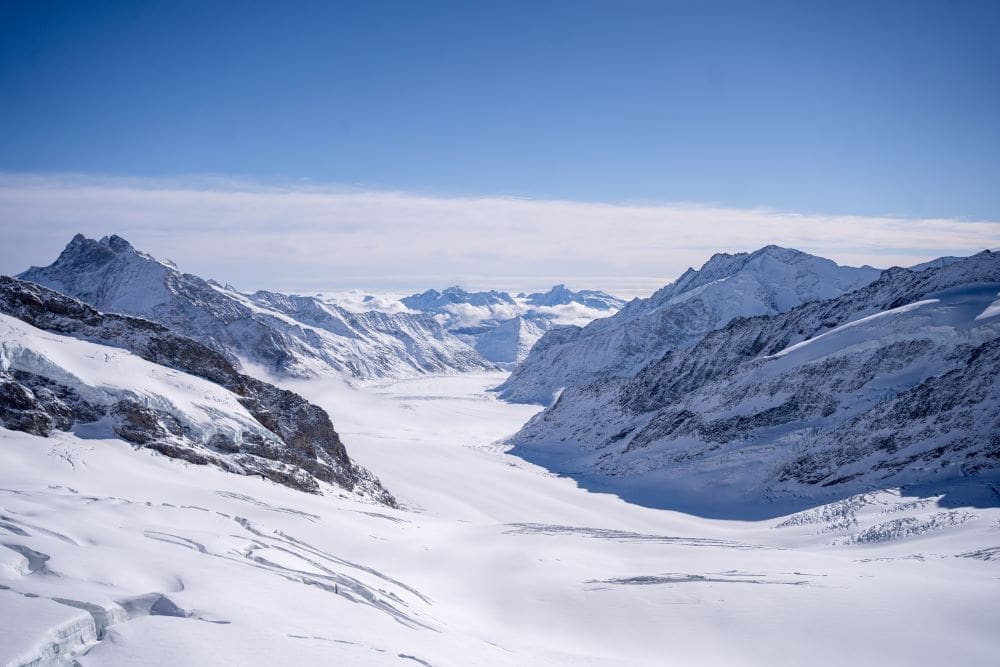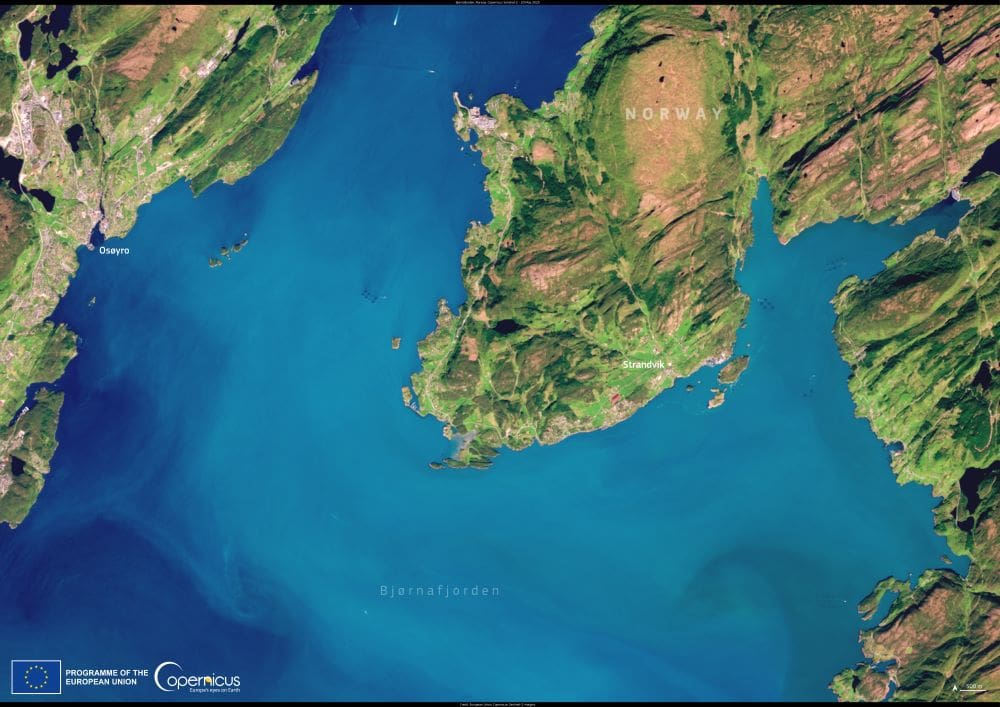The International Ski and Snowboard Federation (FIS) and the World Meteorological Organization (WMO) cemented their partnership on 30 October, with a scientific field meeting on Switzerland’s Jungfraujoch to raise awareness about melting snow and ice.
Held atop the Great Aletsch Glacier, one of the most iconic glaciers on the planet and a UNESCO World Heritage Site, the event brought together glaciologists, winter sport professionals and climate scientists to discuss the accelerating impacts of climate change and, particularly, of glacier loss.
“The ripple effect of climate change on every aspect of society is truly terrifying. It turns out that the realm of snow sports – not only at a competitive level, but for all the communities that revolve around ski resorts – is among the first to experience this devastating impact directly,” said FIS CEO Urs Lehmann.
“FIS truly believes that skiing and snowboarding can play a significant role not only in raising awareness, but also in taking action to promote real change. And there is only one way to do this in a credible and effective manner: through science and knowledge. That is what today is about.”

A visit guided by data
“Global glacier retreat has increased since the 1990s as a result of rising temperatures. This leads to a short-term increase in hazards like glacial floods and landslides, and long-term water insecurity. Climate data for Switzerland shows a reduced number of days with snow cover, particularly in lower altitudes, making winter snow sport in these regions increasingly uncertain,” said Stefan Uhlenbrook, Director of Hydrology, Water Resources and Cryosphere at WMO.
Over the past ten years, Swiss glaciers have lost one quarter of their ice volume, according to Matthias Huss, a glaciologist at ETH Zurich and head of Glacier Monitoring in Switzerland. There was a three percent ice volume reduction in 2025 alone, driven by poor winter snow and heat waves in June and August, he told at the event, held at Jungfraujoch observatory at a height of about 3,500 metres (11,700 ft).
Reflecting on the ecological, socio-economic, and sporting implications of disappearing glaciers, the delegation discussed concrete actions that the sports and scientific communities can take – jointly and independently – to promote awareness, mitigation, and adaptation to climate change.
A two-time Alpine Ski World Champion, Alexandra Meissnitzer, currently responsible for Special Projects at the FIS President’s Office, weighed in on the role that athletes can play in this process.
“As an elite athlete fully committed to results and performance, it is easy to lose sight of the broader picture – especially when dealing with a topic as technical and complex as climate change,” said Meissnitzer, who joined a delegation that also included FIS Sustainability Director Susanna Sieff and Swiss-Ski Head of Sustainability Marlen Marconi.
“This is why it is so important that the FIS–WMO partnership builds this bridge between snow sports and science. Athletes cannot contribute the scientific expertise required to tackle the climate crisis, but they can be a strong voice to drive awareness and action,” Meissnitzer concluded.
FIS and WMO signed their partnership agreement in October 2024 to raise awareness of the fact that winter sports and tourism face a bleak future because of climate change. It is the first time that the UN’s World Meteorological Organization partners with an international sports federation.
Article Source:
Press Release/Material by WMO
Featured image credit: FIS




